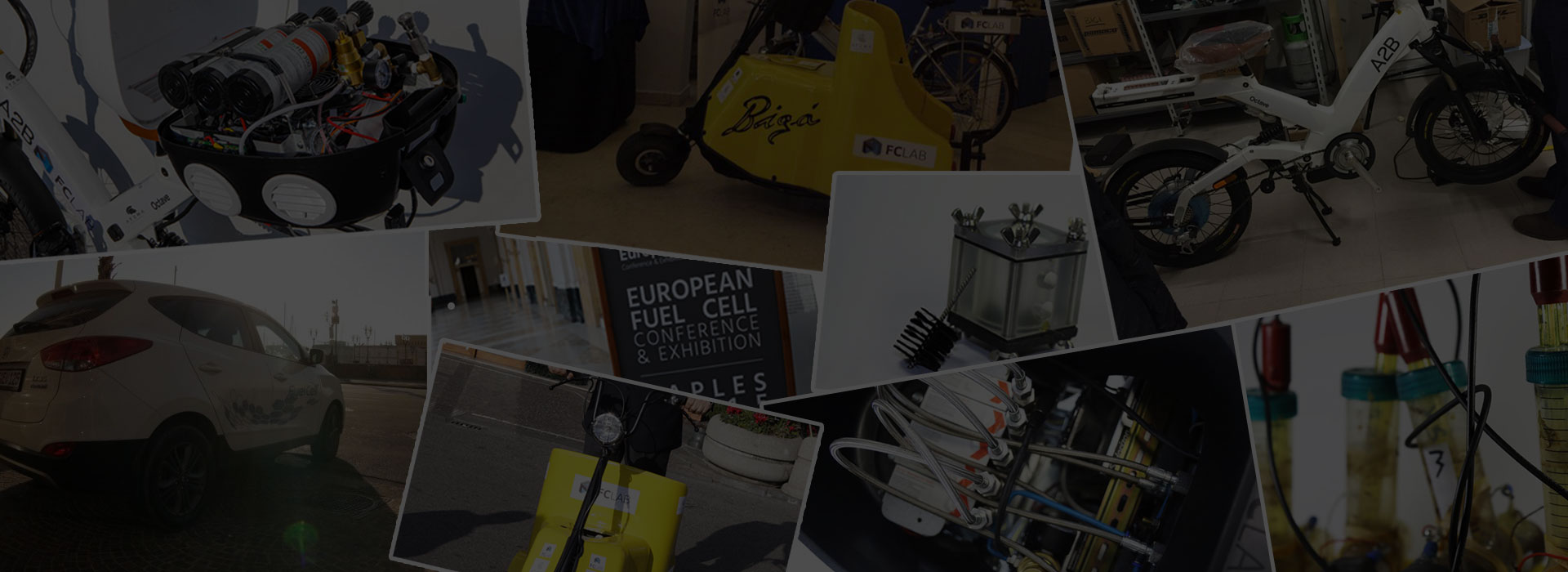
18 May 2×40 GW Green Hydrogen Initiative
WHAT IS IT?
This is an initiative of the European industry association Hydrogen Europe. The objective is to promote a massive increase of electrolyser production within the EU in order to support green hydrogen production.
80 GW is an arbitrary, but very substantial figure. It represents an investment of some 20 billion Euro in Europe into plants and materials and suppliers over the next 5-10 years. The significance of the split into 2 times 40 is that half of them should be deployed inside the EU and half in the Ukraine and Northern Africa, both perfect locations for the production of renewable energy. The green hydrogen produced there would then be imported into the EU.
Electrolysers are needed to transform renewable energy (solar and wind) into green hydrogen.
IMPROVING EU COMPETITIVENESS
While the EU has a lot of technical knowledge and is the world leader in electrolyser technology, the actual production quantities are very low. The cost of green hydrogen is still too high to trigger big enough demand. A massive increase in production capacity (and the required increase in demand) will not happen without a concerted action. This initiative aims to kick-start such action.
IMPROVING THE EU CLIMATE
The production of 1 ton of grey hydrogen emits 10 tons of CO2. Each 1 GW of electrolyser capacity produces between 40.000 and 100.000 tons of green hydrogen per year, thus avoiding 400.000 to 1.000.000 tons of CO2 emissions and contributing significantly to the EU climate objectives. The green hydrogen is then used to decarbonise not only industry but also other sectors such as transport, energy and heating.
WHY ARE ELECTROLYSERS IMPORTANT FOR THE CLEAN HYDROGEN ALLIANCE?
Electrolysers are the crucial component in the production of green hydrogen from renewable energy sources. Both solar and wind parks need electrolysers to convert the (green) electricity generated into (green) hydrogen. Before being able to transmit and use zero-emission hydrogen, it needs to be produced, s
HOW TO PUSH THE ELECTROLYSERS SECTOR?
Green hydrogen will only become economically viable, when the framework conditions change. One thing is the regulatory environment, which does not fully allocate all the external factors to non-green hydrogen, the other problem is a market failure. In order to get the production cost down, a massive scale-up is needed. This requires an appropriate market of users, which does not develop without the assurance that sufficient green hydrogen is available at affordable costs. The push is needed to overcome the market failure, in particular for industrial hydrogen use.
IS THE 2X40 GW GREEN HYDROGEN INITIATIVE ENOUGH TO GET THE COST DOWN SUFFICIENTLY?
Electrolyser production cost have a high elasticity. Producing 10 times the capacity will reduce the price to half. Producing 100 times the capacity will reduce the cost by 75% or more. So size is very much of essence here. However, there are other elements like the cost of renewable electricity.
What needs to happen at the same time is a massive concentration of production capacities in integrated “hydrogen factories” of 1 to 10 GW size, which benefit from both technical and further cost advantages. Also, the geographical location is important to maximize sun hours and sun intensity for solar efficiency. Lastly, regulation needs to be adapted as well to free “direct” use of electricity on site from unjustified grid fees and taxes.
HOW ABOUT REGIONAL GREEN HYDROGEN PRODUCTION?
Hydrogen for transportation use does not require the same price reduction level as industrial hydrogen. Green hydrogen for transport use can thus be also produced at regional level at smaller scale. This requires the same electrolyser technology, so they will also benefit from reduced costs. But there is clearly a need for removing restrictive electricity market regulation, which should anyway not apply to the off-grid production of hydrogen.
THE 2X40 GW GREEN HYDROGEN INITIATIVE PAPER
This paper presents concrete next steps to underpin a concrete industrial roll-out. A roadmap for a 40 GW electrolyser capacity in the EU by 2030 shows a 6 GW captive market (hydrogen production at the demand location) and 34 GW hydrogen market (hydrogen production near the resource). A roadmap for 40 GW electrolyser capacity in North Africa and Ukraine by 2030 includes 7,5 GW hydrogen production for the domestic market and a 32,5 GW hydrogen production capacity for export. If a 2×40 GW electrolyser market in 2030 is realised alongside the required additional renewable energy capacity, renewable hydrogen will become cost competitive with fossil (grey) hydrogen. By realising a 2×40 GW electrolyser capacity, producing green hydrogen, about 82 million-ton CO2 emissions per year could be avoided in the EU.



